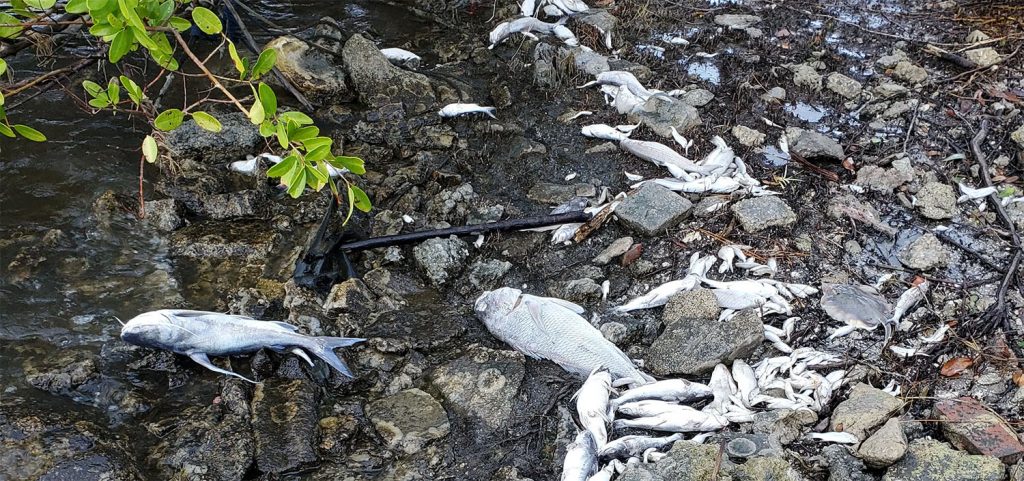New Study from the Forage Fish Research Program


Each year, the Florida Forage Fish Coalition (FFFC) made up of IGFA, Pew Charitable Trusts, Wild Oceans, American Sportfishing Association, Florida Wildlife Federation, and Angler Action Foundation, selects and funds up to two graduate student fellows to conduct forage fish research as part of the Forage Fish Research Program (FFRP). Fellowship research is conducted in partnership with Florida Fish and Wildlife Conservation Commission’s Fish and Wildlife Research Institute (FWRI), implementing robust databases of fish survey information from their Fisheries Independent Monitoring (FIM) program. The FFRP fellowship program is now entering the fifth year and has resulted in eight graduate student projects and three peer-reviewed journal publications as well as multiple graduate dissertations.
Dakota Lewis, one of two 2020-2021 FFRP fellows and a graduate student at the University of Central Florida, recently published her findings in the journal Ecological Indicators titled “Understanding shifts in estuarine fish communities following disturbances using an ensemble modeling framework”. In the paper, Dakota tackles the complex issue of how environmental conditions during algal blooms and resulting fish kill events affect forage and sport fish populations. Specifically, she examined the brown algal bloom that occurred in the Indian River Lagoon’s Banana River from December 2015 to March of 2016 leading to a large scale fish kill event due to low dissolved oxygen levels.
Using complex statistical modelling and analysis methods, Dakota identified the primary predictive metrics for the sport fish community, forage fish community, water quality, and the algal bloom. These metrics were analyzed relative to each other and the timing of the bloom and subsequent fish kill. The ensemble modelling framework approach revealed the algal bloom and fish kill in March 2016 led to shifts in both forage and sport fish communities as well as the relationship between the two when compared to years where algal blooms and fish kills were not present. Following the bloom, abundance of forage fish rapidly declined while sport fish abundance declined at a slower pace.

The analyses also found that, during the algal bloom, changes in sport fish abundance could be explained by changes in forage fish abundance. During years where algal blooms and fish kills were not present, forage fish abundance was driven by water quality metrics such as pH but during the bloom, water quality played a more significant role on the sport fish community. The sport fish community dynamics were strongly related to the algal bloom in the months prior to the fish kill event in March 2016 but, following the event, the sport fish and forage fish communities were less linked than in years without an algal bloom.
Dakota’s work provides an in-depth look at how these fish communities respond to their changing environment and demonstrates the potential affects of increasing occurrences of algal blooms in Florida’s estuaries. This project exemplifies the goals of the FFRP and we look forward to more results from the fellowship program. We would like to thank Grady White Boats and the American Sportfishing Association’s FishAmerica Foundation for their financial support of our 2020-2021 fellows.
